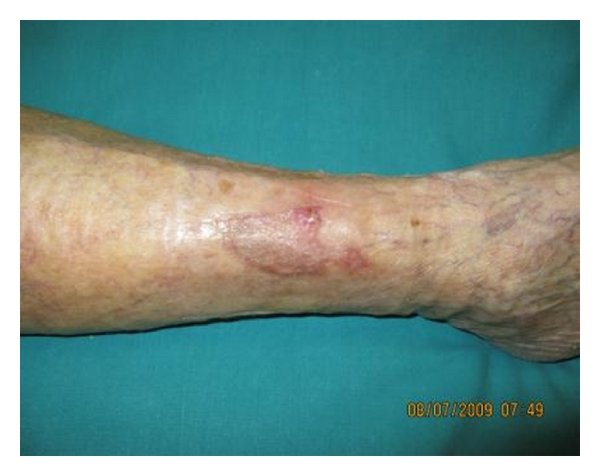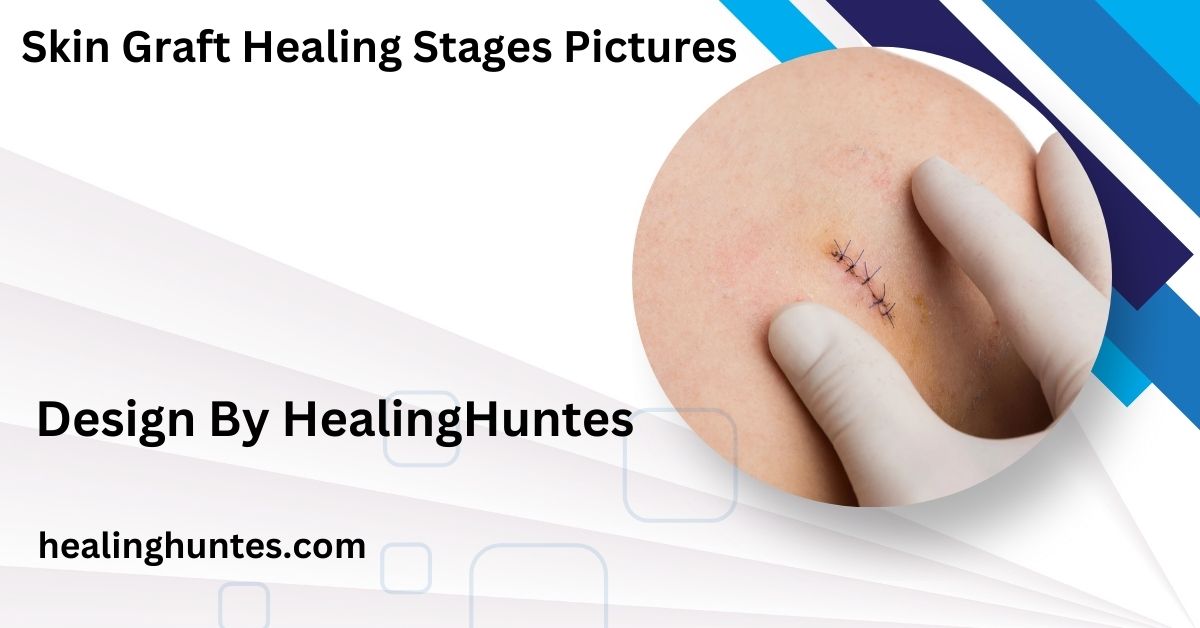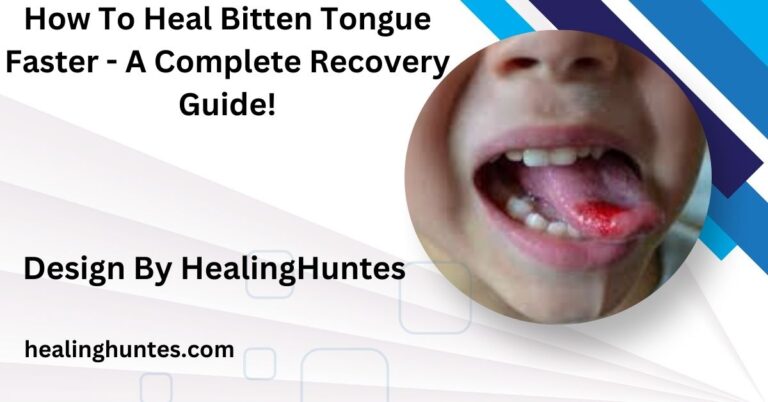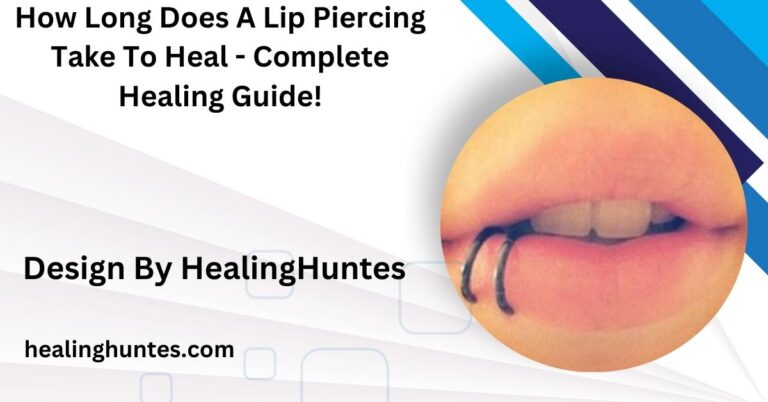Skin Graft Healing Stages Pictures – Skin Graft Recovery Process!
Skin graft healing happens in stages post-surgery, early healing, revascularization, maturation, and long-term recovery. Proper care ensures successful healing and reduces scarring.
In this article, we’ll explore the skin graft healing stages, what to expect at each phase, and provide helpful images to guide you through the process.
Skin Graft Healing Stages: A Complete Guide with Pictures

A skin graft is a surgical procedure that involves transplanting healthy skin from one area of the body to another to help heal wounds, burns, or areas with damaged skin. Understanding the stages of healing after a skin graft is essential for proper aftercare and ensuring the best possible outcome.
What is a Skin Graft?
A skin graft involves taking a piece of healthy skin from a donor site on your body (often the thigh, back, or buttocks) and transplanting it to the area where the skin is damaged. There are two primary types of skin grafts:
- Split-thickness grafts (removing only the outer layer of skin).
- Full-thickness grafts (removing both the outer and deeper layers of skin).
Skin grafts are often used to treat burns, chronic wounds, or areas with skin loss from surgery or trauma.
Skin Graft Healing Stages:
Healing from a skin graft typically happens in multiple stages. Each stage is critical to the recovery process, and understanding them can help you manage your recovery expectations.
Immediate Post-Surgery: (Days 1-7)
- What to Expect: In the first few days after the graft, you may experience swelling, redness, and some pain at both the donor and graft sites. It’s normal to see a blood-tinged or yellowish fluid drainage from the graft area.
- Healing Process: The skin graft starts to settle into place as your body begins to form a blood supply to the transplanted skin (called revascularization). The graft is still fragile during this stage.
- Care Tips:
- Follow your surgeon’s instructions about keeping the area clean and dry.
- Avoid any pressure on the graft site to prevent displacement.
- Apply prescribed ointments or dressings as directed.
Also Read: How Long Does A Finger Fracture Take To Heal – A Detailed Guide!
Early Healing Phase: (Week 2-4)
- What to Expect: The graft will begin to adhere to the wound bed and form a more stable bond. You may notice the graft area becoming darker or more red as the blood vessels start to develop.
- Healing Process: The skin starts to take on a more natural color, and some scabbing may occur. The graft may still look a little shiny and tight as it heals.
- Care Tips:
- Continue to protect the area from dirt and infection.
- Avoid physical activity that could cause friction on the graft site.
- Stay hydrated and maintain a nutritious diet to support healing.
Revascularization: (Weeks 3-6)

- What to Expect: During this stage, the newly transplanted skin is gaining a blood supply from the surrounding tissue. The graft may start to take on a more natural appearance and feel.
- Healing Process: The skin will begin to heal more deeply, and you might notice slight itching or discomfort as the nerves start to regenerate.
- Care Tips:
- Avoid scratching or picking at the graft, as this can affect the healing process.
- Continue dressing changes as advised to avoid infection.
Maturation Phase: (Months 1-6)
- What to Expect: The graft will begin to look more natural, with less redness or scabbing. However, it may still be slightly raised or discolored. It may feel tight, and you might notice some mild itching.
- Healing Process: During this phase, the skin continues to mature. The appearance of the graft will improve, but the color might still be different from the surrounding skin.
- Care Tips:
- Scar management treatments like silicone gel sheets can help reduce scarring.
- Protect the graft from sun exposure to avoid pigmentation changes.
- Regularly apply moisturizer to the graft site to prevent dryness and help with skin elasticity.
Long-Term Healing: (6 Months to 1 Year)
- What to Expect: Over time, the graft will continue to blend in with the surrounding skin, although it may never fully match in texture or color.
- Healing Process: The graft may feel normal to the touch, and any itching or tightness should gradually subside. However, scarring may remain, which could fade over time.
- Care Tips:
- Regular moisturizing and sun protection are crucial to minimize scarring.
- Consult your doctor for any concerns regarding scarring or unusual changes in the graft area.
Also Read: How Long Does A Pulled Hamstring Take To Heal – Your Comprehensive Timeline!
Factors That Affect Skin Graft Healing:
Several factors can influence how well and how quickly a skin graft heals:
- Donor Site Health: The quality of the skin taken from the donor site directly affects the graft’s success. A healthy donor site will provide better skin for transplanting, ensuring optimal healing.
- Graft Type: Full-thickness grafts involve deeper layers of skin and generally require more time to heal than split-thickness grafts. The deeper grafts may also have a more noticeable healing period.
- Infection Control: Maintaining a clean and sterile graft site is crucial for preventing infections. Infection can hinder healing and lead to complications, so proper hygiene and care are essential.
- Age and General Health: Younger, healthier individuals tend to recover faster from skin grafts. Chronic conditions like diabetes can slow healing and increase the risk of complications.
FAQ’s
1. How long does skin graft healing take?
Skin grafts typically take 6 months to 1 year to fully heal.
2. What should I expect during the early healing phase?
Expect redness, swelling, and some pain, with the graft area becoming darker or more red as blood vessels develop.
3. How can I care for the graft site?
Keep the area clean and dry, avoid pressure on the graft, and follow your doctor’s aftercare instructions.
4. When can I expect the graft to look normal?
The graft may take 1 to 6 months to start looking more natural, but some discoloration or scarring may remain.
5. What affects the success of skin graft healing?
Factors like donor site health, type of graft, infection control, and general health can influence healing.
Conclusion
Understanding the skin graft healing stages can help you manage your recovery and ensure the best possible outcome. By following your doctor’s aftercare instructions, maintaining a healthy lifestyle, and being patient, your skin graft can successfully integrate and restore damaged areas of your body. If you’re concerned about any part of your healing process, be sure to consult your healthcare provider.






